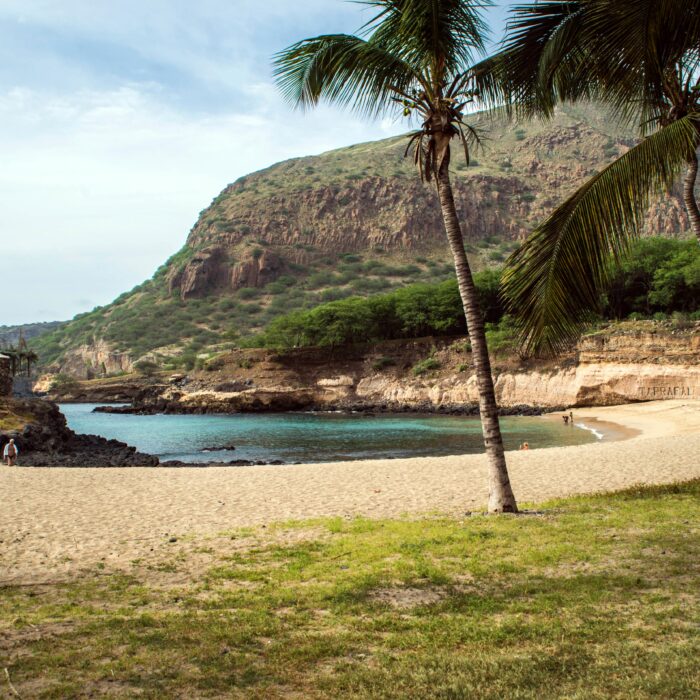Germany is a country that defies simple categorization – a blend of cutting-edge modernity and deep-rooted historical charm, offering travelers an incredibly diverse experience that goes far beyond the typical tourist trail. Whether you’re a history buff, nature enthusiast, or culture seeker, this comprehensive guide will take you through the most captivating destinations Germany has to offer.
Must-Visit Cities
1. Berlin
Berlin, the capital of Germany, is a city that seamlessly blends its historical significance with modern culture. A visit to the Brandenburg Gate, a symbol of German unity, is a must, as is the East Side Gallery, where a preserved section of the Berlin Wall displays vibrant street art. History enthusiasts will appreciate Museum Island, home to institutions like the Pergamon Museum, and Checkpoint Charlie, a poignant reminder of the Cold War era.
Berlin also offers an array of contemporary attractions, including its diverse neighborhoods, excellent public transportation, and a thriving food scene featuring everything from traditional currywurst to international cuisine. It’s a city designed for exploration, whether you’re walking its historic streets or diving into its modern culture.
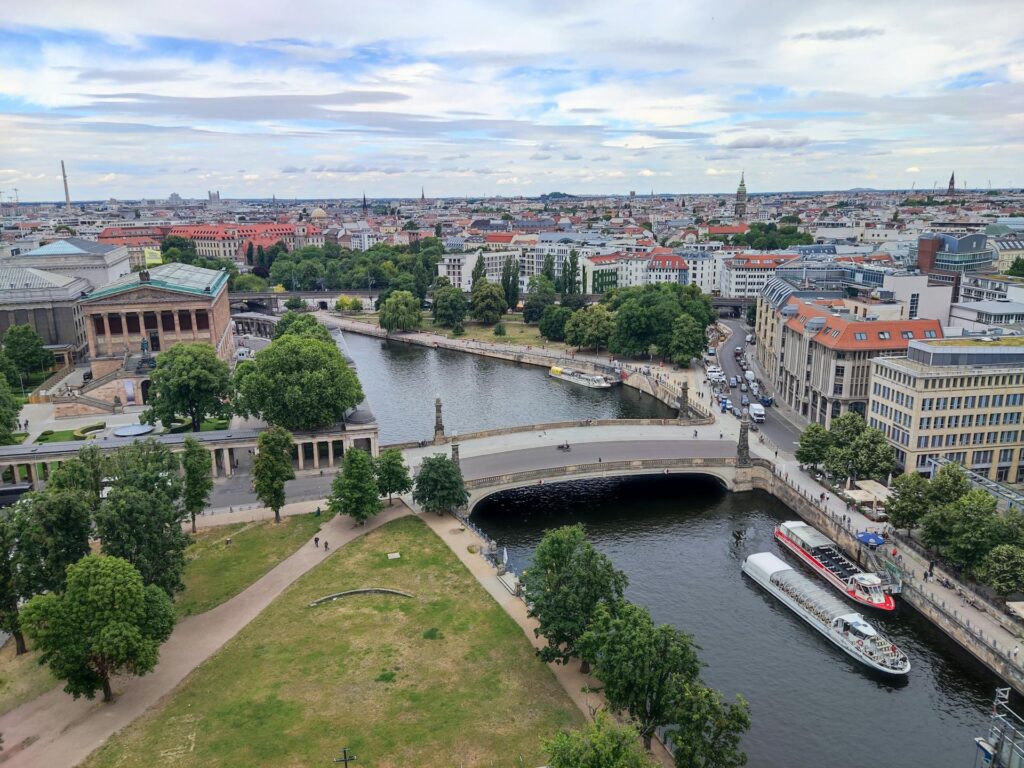
2. Munich (München)
Munich offers a rich blend of Bavarian tradition and modern attractions. The city’s centerpiece, Marienplatz, is home to the New Town Hall and its famous Glockenspiel, where intricate clockwork figures perform twice daily, drawing crowds. Nearby, the bustling Viktualienmarkt offers fresh local produce, perfect for a quick taste of Munich’s flavors.
The sprawling Englischer Garten, larger than New York’s Central Park, features picturesque walking paths, a Japanese teahouse, and the Eisbach wave, where surfers brave the current year-round. For automotive fans, the BMW Museum provides an in-depth look at one of the world’s most iconic car brands, complete with futuristic concept models and historic classics.
The baroque Nymphenburg Palace, once the summer residence of Bavarian royalty, showcases ornate interiors and beautifully landscaped gardens, perfect for a leisurely exploration. Visit Munich during Oktoberfest to experience its most festive side, but even outside the festival season, the city’s beer halls and traditional charm make it an unforgettable destination.

3. Hamburg
Hamburg instantly impressed me with its maritime charm and vibrant energy. As a city shaped by its port—the second-largest in Europe—it offers a unique blend of industrial heritage and modern culture. Wandering through the Speicherstadt, the world’s largest warehouse district and a UNESCO site, I was struck by the beauty of its red-brick buildings rising from the canals. It’s a place where history feels alive.
A must-visit is the futuristic Elbphilharmonie, a concert hall with incredible acoustics and a panoramic viewing platform that offers stunning views of the harbor. Speaking of the harbor, taking a boat tour along the Elbe River was one of my favorite experiences—seeing the massive container ships up close gave me a real sense of Hamburg’s global importance.
St. Pauli and the Reeperbahn, while infamous for their nightlife, are also full of unexpected gems like cozy cafés and live music venues. I even discovered a street art tour that gave insight into the local counterculture. For a quieter side of Hamburg, the serene Planten un Blomen park provided a perfect escape with its lush gardens and peaceful atmosphere.
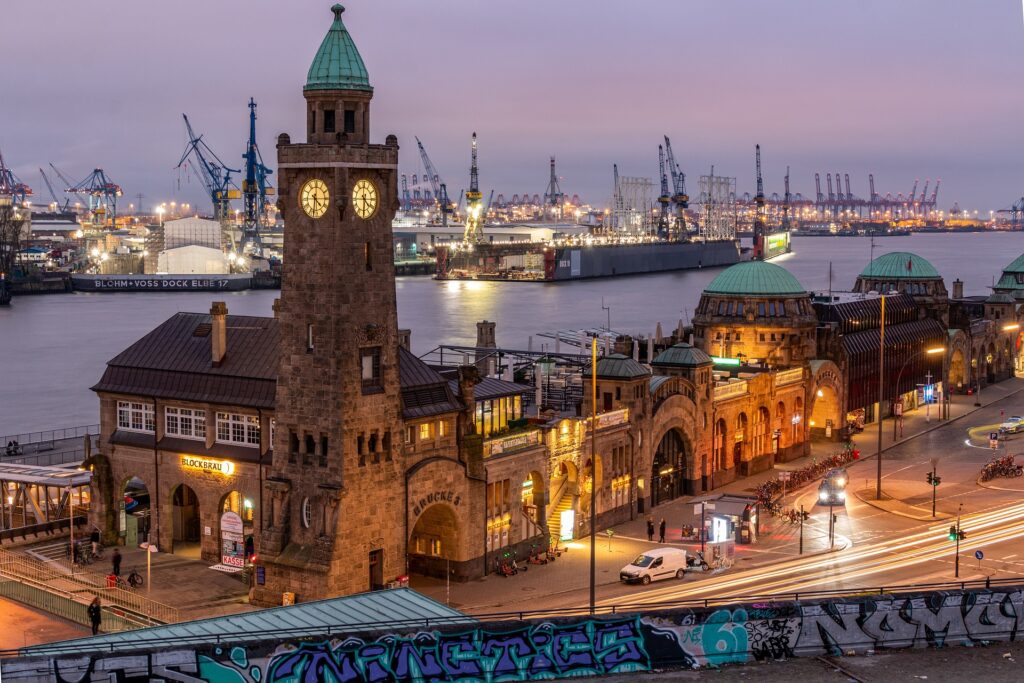
4. Cologne (Köln)
Cologne felt like a city where every corner has a story to tell. The towering Cologne Cathedral (Kölner Dom) immediately captures your attention with its intricate Gothic architecture. Climbing its 533 steps was challenging but completely worth it—standing atop, I had a breathtaking view of the Rhine River and the city stretching out below.
Walking along the Hohenzollern Bridge, I was fascinated by the thousands of love locks attached to its railings, a tradition that adds a personal touch to this bustling landmark. Nearby, the charming Old Town (Altstadt) offers colorful houses and cozy beer halls where you can try Kölsch, the local beer, served in traditional small glasses that never seem to empty unless you say so!
For something a bit different, the Chocolate Museum was a delightful surprise. Watching chocolate being made in real time and sampling fresh pralines brought out the kid in me. Art lovers will appreciate the Museum Ludwig, home to an impressive collection of modern art, including works by Picasso and Warhol.
Cologne’s lively atmosphere, especially during its famous Karneval, made it a city that’s not just steeped in history but buzzing with life. It’s the kind of place that welcomes you warmly and leaves you with memories as colorful as its vibrant streets.
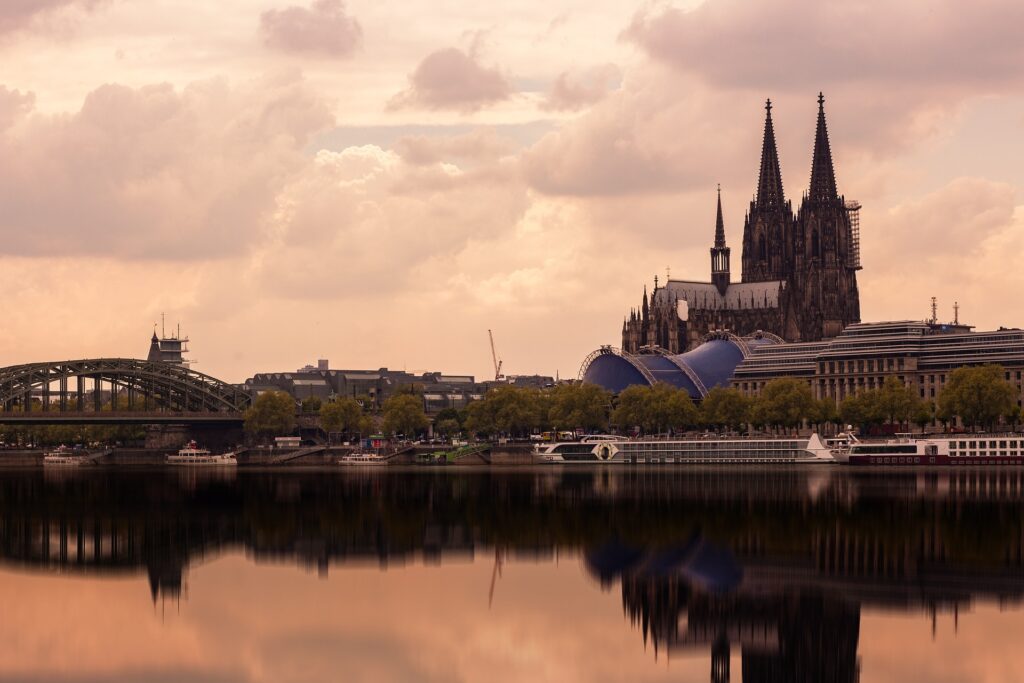
5. Frankfurt
Frankfurt surprised me with its striking blend of modern skyscrapers and historic charm. Known as Germany’s financial hub, the city’s futuristic skyline earned it the nickname “Mainhattan,” but it’s not all business here. I started my visit at the Römer, the medieval city hall at the heart of the Old Town, where cobblestone streets and half-timbered houses made me feel like I’d stepped back in time.
A short walk led me to the Frankfurt Cathedral (Kaiserdom), an imposing Gothic structure that played a role in the coronation of Holy Roman Emperors. Climbing its tower offered a fantastic view of the contrast between old and new Frankfurt. Just across the river, the Städel Museum impressed me with its vast art collection spanning seven centuries, from Old Masters to contemporary works.
The bustling Zeil shopping street provided a modern contrast, packed with everything from luxury boutiques to quirky pop-ups. In the evening, I couldn’t resist heading to the Main Tower observation deck to watch the sun set over the cityscape. The view of the illuminated skyscrapers was unforgettable.
Frankfurt also has a surprising green side. A walk through the Palmengarten, one of Europe’s largest botanical gardens, was a serene break from the city’s pace. Tasting Ebbelwoi (apple wine) in the Sachsenhausen district rounded out my experience, giving me a true flavor of local tradition.
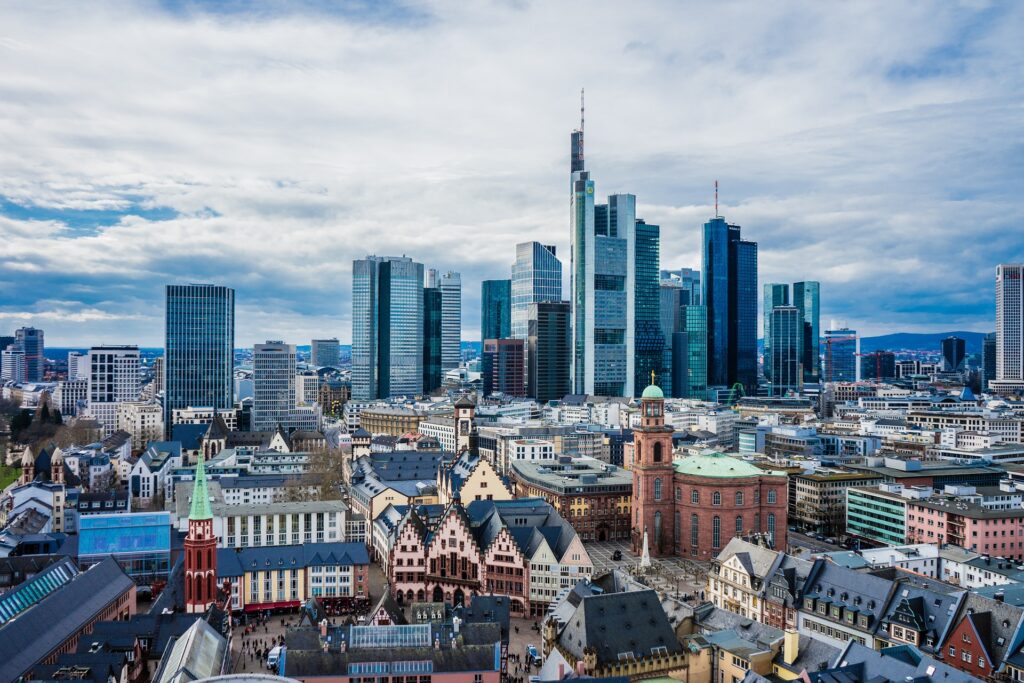
Hidden Urban Gems
6. Freiburg: The Sustainable Jewel
Nestled in the heart of the Black Forest, Freiburg is a city where nature and innovation blend seamlessly. Known as Germany’s green capital, it has been a pioneer in sustainable living, with solar panels on rooftops and a highly efficient public transport system. As I wandered through Freiburg’s narrow, cobbled streets, I felt as though I was walking in a place where medieval charm and modern environmental consciousness coexist perfectly.
The city’s Münsterplatz is home to the iconic Freiburg Minster, a stunning Gothic cathedral with a tower that offers panoramic views of the city and the surrounding Black Forest. Just a few steps away, I discovered the Altstadt, Freiburg’s old town, where colorful houses line the streets, and small cafés spill out onto the squares. Don’t miss the Bächle, the small water channels running through the city, which date back to the Middle Ages. They are not only picturesque but serve as a reminder of Freiburg’s long history.
Freiburg also offers plenty of green spaces. The Schwarzwald (Black Forest) itself provides endless hiking and biking trails, perfect for nature lovers. In a city that celebrates both the environment and history, Freiburg is a breath of fresh air—a place that manages to honor the past while pushing toward a sustainable future.

7. Heidelberg: Romantic University Town
Heidelberg, perched along the Neckar River, exudes a romantic charm that’s impossible to resist. Its most famous landmark, the Heidelberg Castle, sits atop a hill, offering spectacular views of the river and the surrounding city. The castle itself is a fascinating blend of Renaissance and Baroque architecture, and walking through its grounds feels like stepping into a fairy tale. I found the castle’s Apothecary Museum particularly interesting, with centuries-old medical instruments and remedies on display.
Heidelberg is also renowned for its Heidelberg University, Germany’s oldest, where students have been studying for over 600 years. The university’s influence is everywhere, from the intellectual vibe in the streets to the beautiful Old Bridge that connects the old town to the hills beyond.
The Altstadt, or old town, is a labyrinth of narrow streets lined with shops, cafés, and pubs, all set in pastel-colored buildings that seem to glow in the warm sunlight. Heidelberg’s laid-back atmosphere and stunning scenery make it an ideal place to relax and reflect, whether you’re enjoying a drink along the riverbanks or strolling through the Philosopher’s Walk, a scenic trail offering panoramic views of the city and its famous castle.
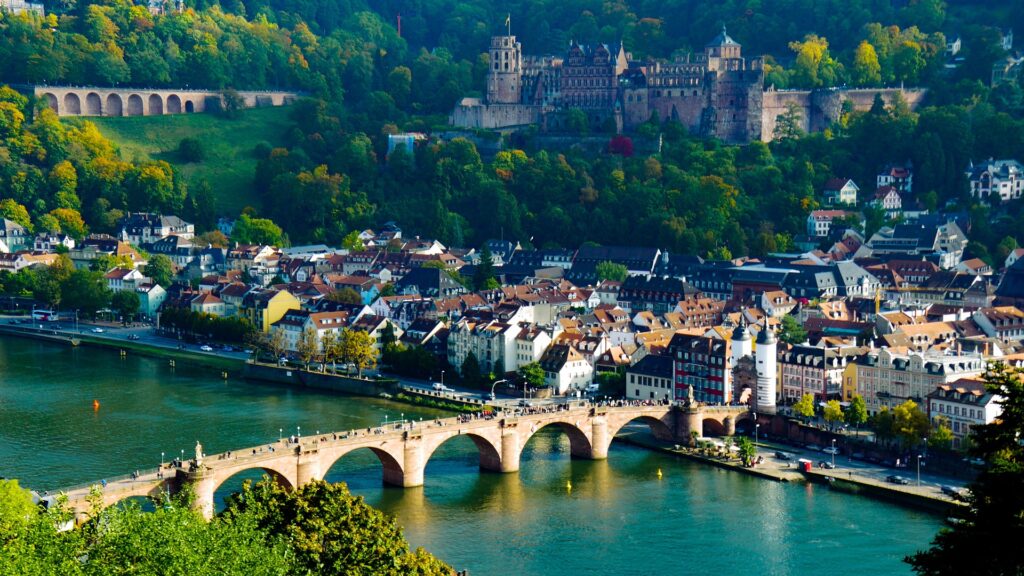
8. Quedlinburg: Medieval Wonderland
Stepping into Quedlinburg feels like entering a medieval dream. With over 1,300 half-timbered houses, many dating back to the 16th century, the town is a living museum of craftsmanship and history. As I walked through the cobbled streets of this UNESCO World Heritage site, I marveled at the intricate details of the timber-framed buildings, each one telling a story of medieval life. The Quedlinburg Castle, perched on a hill, offers a fascinating glimpse into the town’s role in the Holy Roman Empire.
The Marktplatz is the heart of the town, surrounded by the town hall and centuries-old buildings. The atmosphere here is quiet and reflective, with cafés offering the perfect spot to enjoy a cup of coffee while soaking in the medieval surroundings. Quedlinburg’s charm is in its preservation—many of the town’s structures are still used for everyday life, from homes to shops, creating a truly immersive experience.
A visit to Quedlinburg feels like a journey back in time, where every building, street, and corner has a history to share. It’s a place where you can experience the medieval spirit of Germany in a beautifully preserved setting.

9. Görlitz: The Cinematic City
Görlitz is a place so picturesque that it has served as the backdrop for numerous films, including “The Grand Budapest Hotel”. The city’s well-preserved historical center, with its mixture of Gothic, Renaissance, and Baroque architecture, creates an almost cinematic atmosphere. Walking through Altstadt, Görlitz’s Old Town, felt like I was wandering through the set of a historical film. The Peter and Paul Church is one of the most impressive sights, with its stunning spire dominating the skyline.
What makes Görlitz unique is its diversity of architectural styles, a result of its long history as a border city between Germany and Poland. The Obermarkt, or Upper Market, is lined with grand buildings and beautifully restored townhouses. One of my favorite discoveries was Nikolai Street, with its pastel-colored houses and quaint cafés that seem to have been plucked from a different era.
Görlitz is not just about history, though—it’s a vibrant cultural hub. The city hosts various festivals and events throughout the year, and its film heritage continues to draw attention from the cinematic world. If you love architecture, film, or history, Görlitz offers a unique, unforgettable experience.
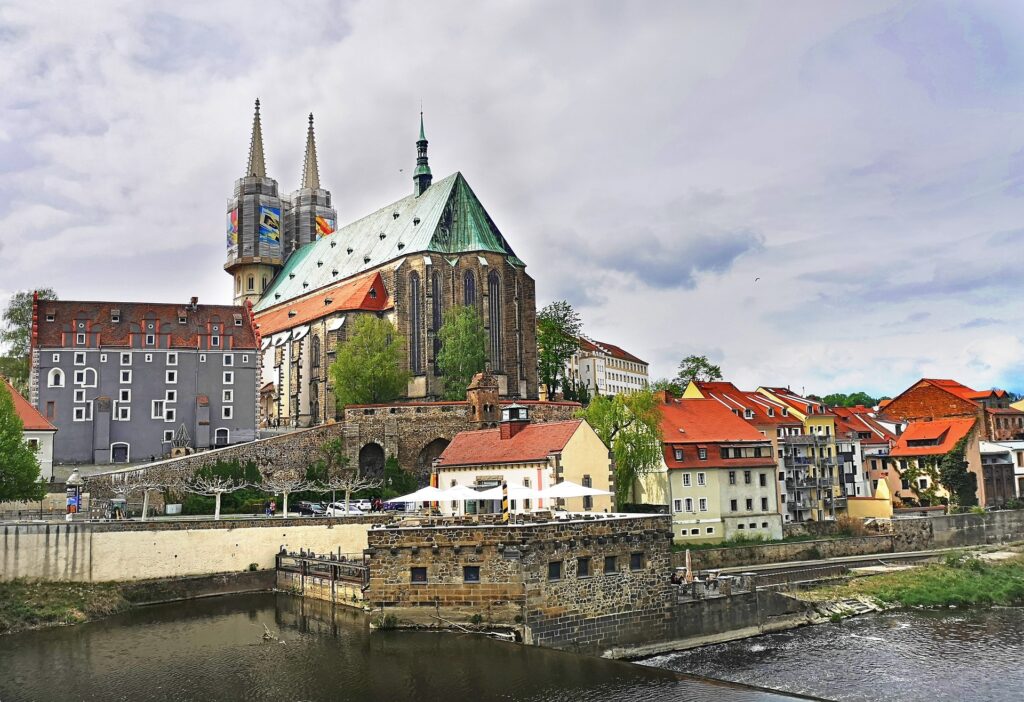
10. Tübingen: Academic Charm
Tübingen is a small university town with an undeniable charm, where centuries-old traditions meet vibrant student culture. Situated along the Neckar River, the town is filled with narrow alleys and picturesque buildings that seem to have stepped out of a storybook. Tübingen University is at the heart of the town, with its centuries-old buildings and bustling campus creating an intellectual atmosphere.
One of the highlights of Tübingen is its Old Town, which boasts the historic Marktplatz and the stunning St. George’s Collegiate Church. The Neckar River itself is a perfect backdrop for a relaxing boat tour in traditional punts, offering a unique way to experience the town’s beauty.
Tübingen’s mix of academic history and youthful energy is what makes it so special. I spent hours strolling through its cobblestone streets, stopping to enjoy the lively cafés and small shops that line the town center. Whether you’re interested in history, culture, or simply enjoying a peaceful walk along the river, Tübingen offers a rich, yet relaxed atmosphere that makes it one of Germany’s most charming university towns.

11. Nuremberg (Nürnberg): A Historic Gem
Nuremberg, once the unofficial capital of the Holy Roman Empire, is a city where history and culture are deeply intertwined. The Nuremberg Castle, perched high above the city, offers stunning views and a chance to explore centuries of history. The castle grounds are home to museums detailing the city’s medieval past and its role in European history.
Nuremberg’s Old Town is an ideal place to walk, with its narrow lanes and squares surrounded by historical buildings, including the beautiful St. Lorenz Church and the Albrecht Dürer House, where the famous artist lived. The Kaiserburg Castle offers a glimpse into the past with exhibits about the emperors and rulers who once governed from here.
In addition to its historical significance, Nuremberg is known for its culinary delights, especially Nürnberger sausages and Lebkuchen (gingerbread), which can be found at the Christkindlesmarkt, one of Germany’s most famous Christmas markets. Whether you’re exploring medieval history or indulging in local specialties, Nuremberg offers a truly authentic German experience.

Nature’s Masterpiece: Landscapes That Breathe
The Black Forest is more than just a geographical region – it’s a living canvas that changes with each season. In summer, its dense forests offer winding hiking trails through emerald landscapes, while winter transforms the same paths into pristine snowscapes, perfect for skiing and quiet contemplation. This iconic area is home to Germany’s deep connection with nature, where tradition and landscape intertwine. It’s the birthplace of world-famous cuckoo clocks and decadent Black Forest cake, and the dense woods are steeped in folklore and legend.

Saxon Switzerland National Park challenges every preconception of the German landscape. Its bizarre rock formations rise like sculptures carved by a giant’s hand, creating a paradise for rock climbers and photographers. Here, the Elbe River cuts through towering sandstone cliffs, offering dramatic vistas that seem straight out of a fantasy novel. With paths that lead through forests and up craggy hills, this region is an explorer’s dream, where nature’s raw beauty leaves a lasting impression.
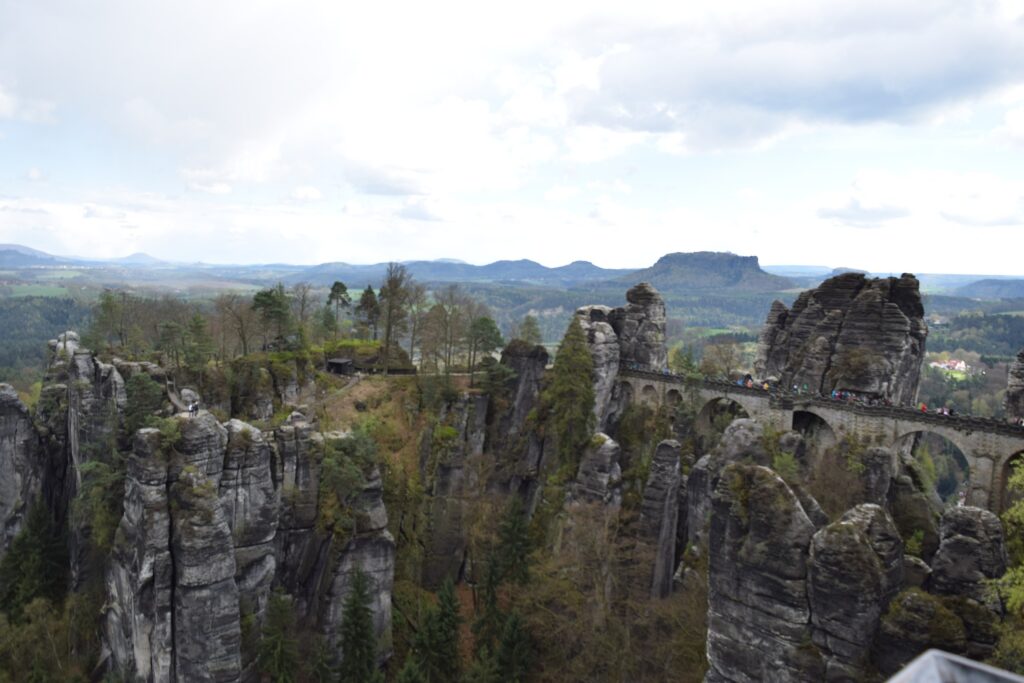
The Bavarian Alps provide a striking contrast to the dense forests of the Black Forest, offering some of the most dramatic mountain scenery in Germany. The towering peaks of Zugspitze, the highest mountain in Germany, dominate the region, providing opportunities for skiing in winter and hiking or paragliding in summer. Below these majestic mountains lie serene lakes like Lake Königssee, known for its emerald-green waters and surrounded by sheer cliffs. The peaceful ambiance of these lakes, combined with the stunning backdrop, makes the area perfect for hiking, boat trips, or simply relaxing and enjoying nature’s splendor.
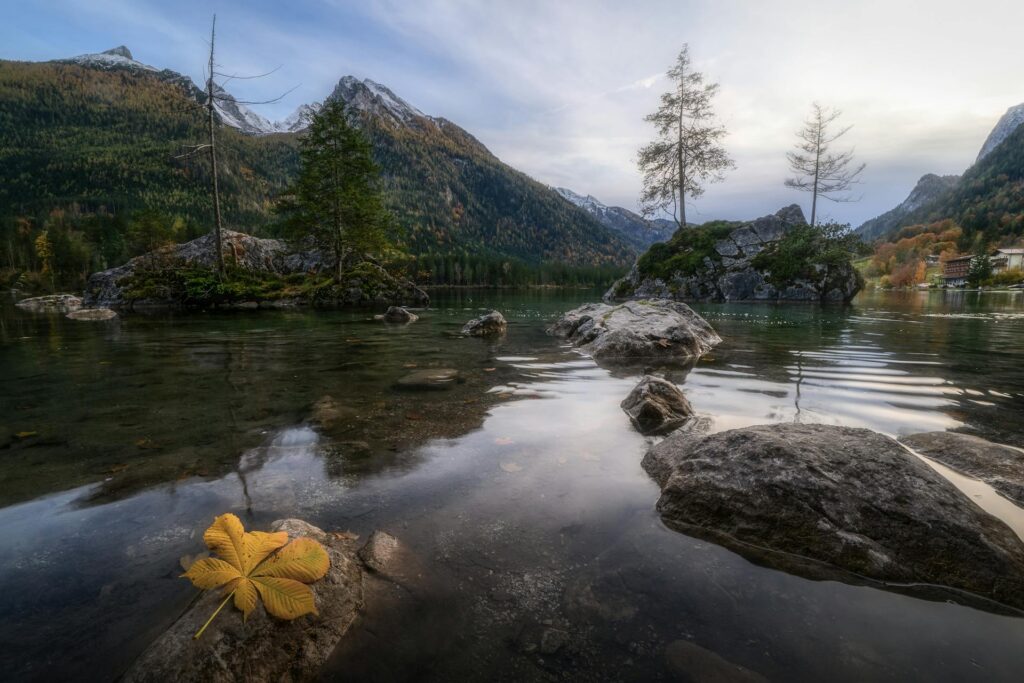
The Swabian Jura (Schwäbische Alb) is one of Germany’s lesser-known natural gems, but it’s a must-see for those seeking both history and beauty. The region is rich in ancient caves, including the famous Hohle Fels, where some of the oldest known figurative art was discovered. Rugged cliffs and deep valleys are laced with hiking trails, and the landscape offers panoramic views of meadows and forests. The Danube River flows through this region, creating dramatic gorges like the Danube Gorge near Sigmaringen

The North Sea Coast offers a completely different kind of beauty, where windswept beaches meet dramatic cliffs and tidal flats. Wadden Sea National Park, a UNESCO World Heritage site, is a vast network of mudflats, islands, and beaches. It’s an area where you can walk across the sea floor during low tide, an experience known as “Wadlopen,” or mudflat hiking. The coastline is dotted with small, charming seaside villages and the pristine Helgoland Island, famous for its red sandstone cliffs and unique wildlife, including seals and seabirds.

The Moselle Valley offers a completely different kind of natural beauty. Here, the Moselle River winds its way through steep vineyards, which produce some of the finest wines in Europe. The landscape is dotted with medieval castles like Burg Eltz, set against the backdrop of lush forests and rolling hills. This region combines natural beauty with rich cultural heritage, and boat tours along the Moselle provide breathtaking views of the surrounding vineyards, villages, and castles.

Practical Wisdom for the Curious Traveler
Navigating Germany requires more than just a good map – it demands an open mind and a spirit of adventure. Renting a car offers the ultimate freedom, especially when exploring rural regions, but be prepared for the legendary Autobahn – where speed limits are more suggestion than rule. International Driving Permits are a must for non-EU travelers, and a basic understanding of German road signs will serve you well.
Budget-conscious travelers will find Germany surprisingly accessible. With daily expenses ranging from €70 to €120, you can experience the country’s rich offerings without breaking the bank. Free walking tours in major cities, student discounts, and a robust public transportation system make exploration both easy and affordable.
When to Visit: Timing Your German Adventure
Germany’s charm changes with the seasons, each offering something unique. Here’s a quick guide to help you decide when to visit:
Spring (March – May):
Spring is perfect for sightseeing in cities like Berlin and Munich, where parks bloom with flowers and Easter markets pop up. With milder temperatures, it’s ideal for hiking in areas like the Black Forest or Bavarian Alps.
Summer (June – August):
Summer is festival season, with events like Oktoberfest in Munich and outdoor concerts in cities like Hamburg. Enjoy lake activities in places like Lake Königssee or take boat rides along the Rhine River. It’s a lively time for exploring, though popular spots can be crowded.
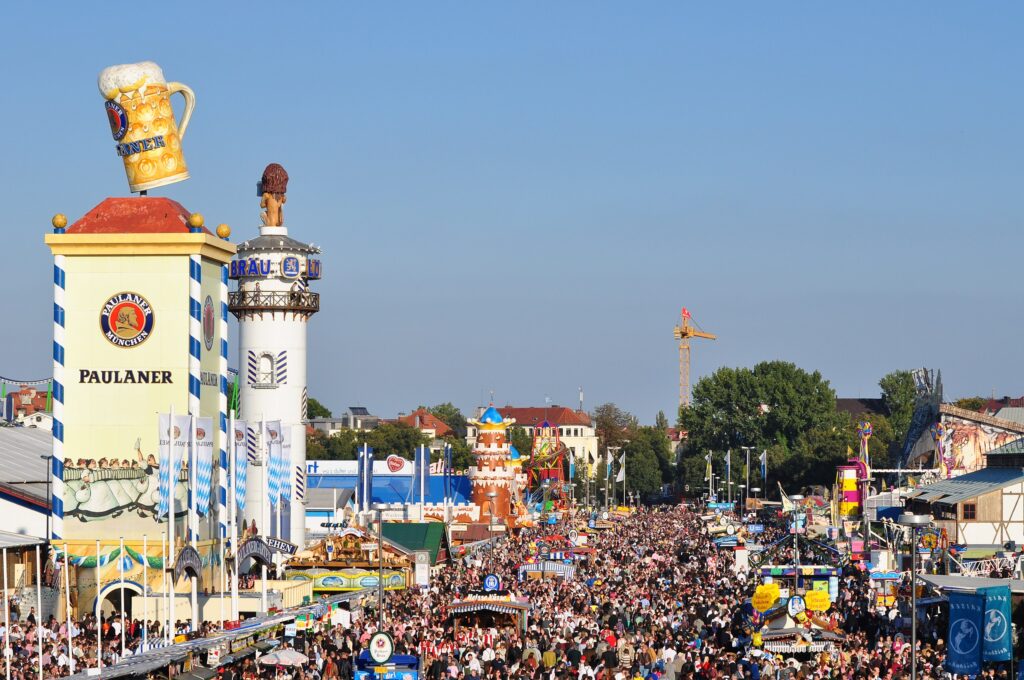
Autumn (September – November):
Autumn is harvest time, making it the best season for wine festivals in regions like Moselle and Rheingau. The cooler weather and vibrant fall colors make it ideal for hiking in the Bavarian Alps and enjoying cozy traditions.
Winter (December – February):
Germany’s Christmas markets are magical, particularly in cities like Nuremberg and Cologne, where festive lights and mulled wine fill the air. If you love winter sports, the Bavarian Alps are perfect for skiing, while the quiet winter months offer fewer tourists.
When to Visit for Specific Activities:
- For Outdoor Activities: Spring and summer are perfect for hiking, cycling, and exploring Germany’s national parks and lakes.
- For Festivals: Summer is the peak festival season, with everything from Oktoberfest to music festivals and open-air concerts.
- For Wine Lovers: Autumn, especially September and October, is the best time to visit Germany’s wine regions for harvest festivals and wine tasting.
- For a Cozy Experience: Winter, with its Christmas markets, holiday spirit, and snow-covered landscapes, offers a magical atmosphere unlike any other time of year.

Cultural Nuances: More Than Just a Destination
What makes Germany truly special isn’t just its landscapes or cities, but its people and their approach to life. Punctuality isn’t just a trait – it’s a cultural philosophy. Recycling is an art form. Every interaction carries an underlying respect for order and efficiency, balanced with a surprising capacity for warmth and humor.
A few linguistic tips can transform your journey: “Danke” (thank you) and “Bitte” (please) go a long way. While English is widely spoken in tourist areas, attempting a few German phrases will often be met with appreciative smiles.
The Traveler’s Promise
Germany is not a destination to be checked off a list, but an experience to be lived. It’s a country that reveals itself slowly, rewarding those who travel with curiosity, respect, and an open heart. From the bustling streets of Berlin to the quiet trails of the Black Forest, from the historic halls of Munich to the sustainable innovations of Freiburg, Germany offers a journey of continuous discovery.

Published November 30, 2024 • 16m to read



